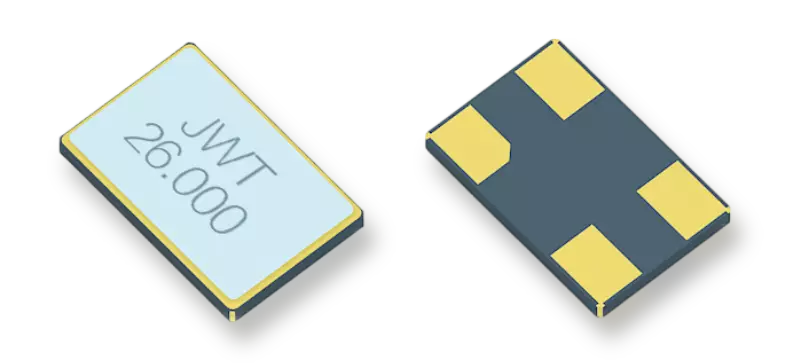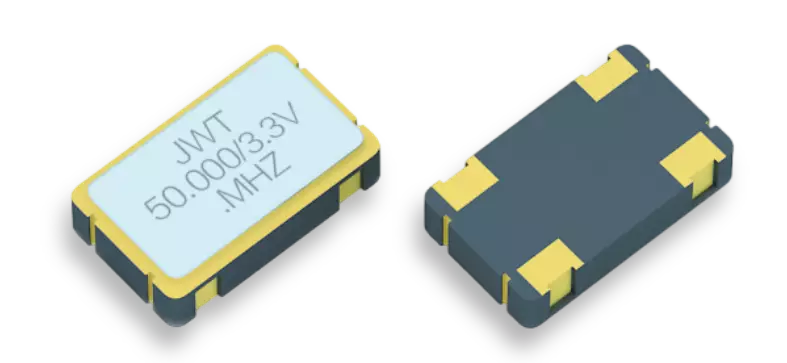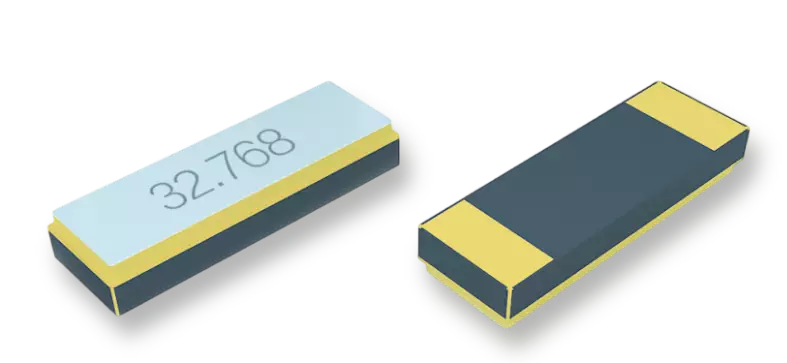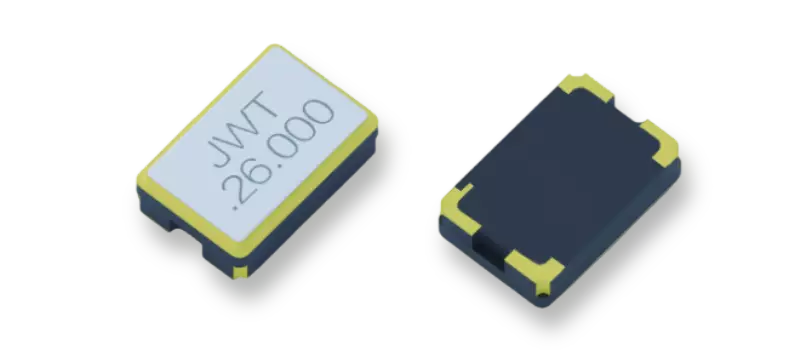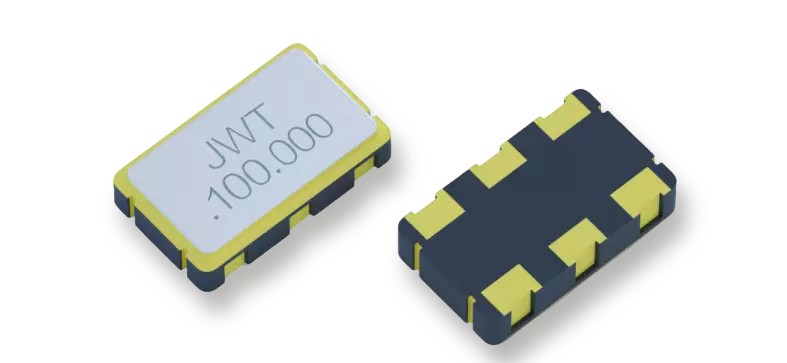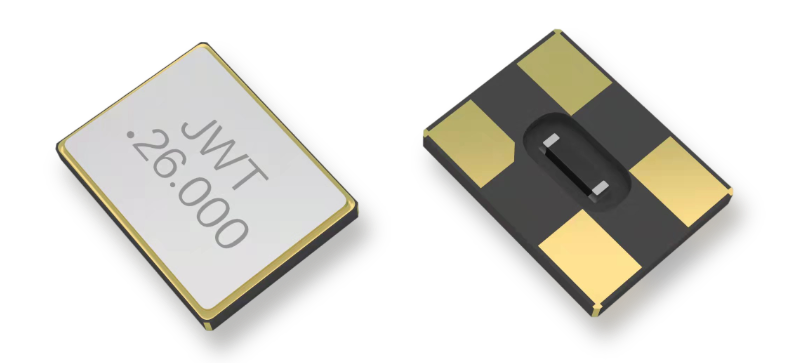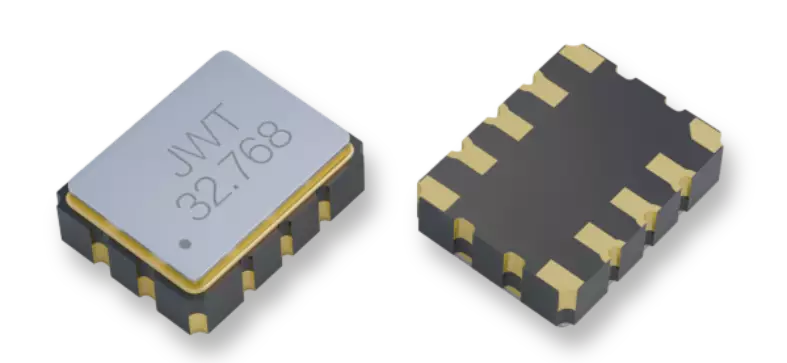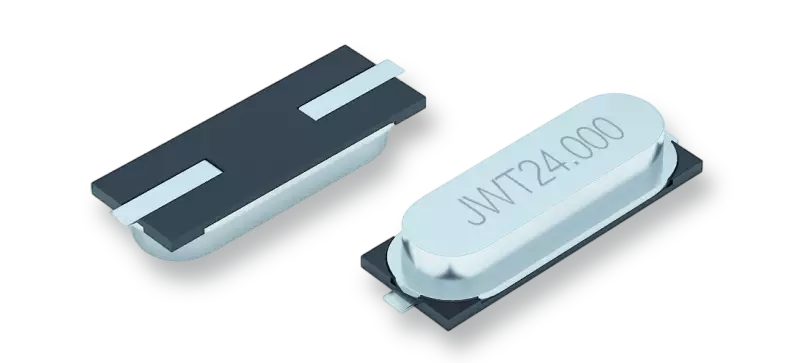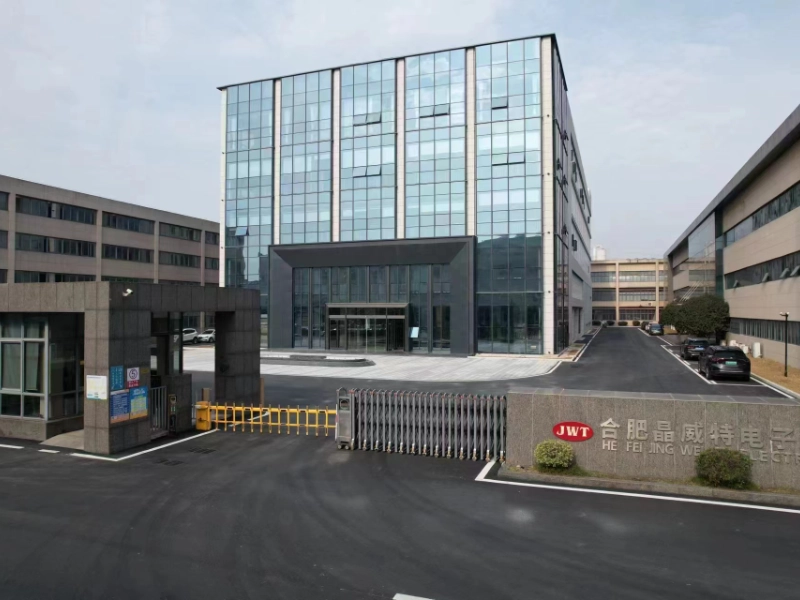What is the difference between differential XO and TCXO?
Release time: 2025-03-14
In modern electronic devices, crystal oscillators (XO) are essential components for generating clock signals. To meet different application requirements, there are various types of crystal oscillators available in the market, with Differential XO (DXO) and Temperature Compensated Crystal Oscillator (TCXO) being the most common. Although both are based on quartz crystal technology, they have distinct working principles and characteristics that make them suitable for different use cases. This article will provide a detailed comparison of Differential XO and TCXO, as well as a comparison table to help you choose the most suitable oscillator.
What is a Differential XO (DXO)?
A Differential XO (Differential Crystal Oscillator, DXO) is a crystal oscillator that outputs a differential signal. A differential signal consists of two opposing signals (such as positive and negative signals) that have a voltage difference between them. This type of signal offers better resistance to interference and lower electromagnetic radiation, making it widely used in high-speed signal transmission. Differential XOs are commonly found in high-frequency circuits that require high signal integrity and low noise, especially in data communication and precision measurement systems.
What is a TCXO (Temperature Compensated Crystal Oscillator)?
A TCXO (Temperature Compensated Crystal Oscillator) is a crystal oscillator that automatically compensates for frequency shifts caused by temperature variations. With the help of an integrated temperature sensor and compensation circuit, TCXOs reduce the impact of temperature on frequency stability. Because of their excellent temperature stability, TCXOs are widely used in environments with significant temperature fluctuations, particularly in applications that demand high precision and reliability, such as satellite communications, wireless communications, and aerospace.
Key Differences Between Differential XO and TCXO
Differential XO and TCXO have significant differences in their working principles, output signals, and application areas. The following table outlines the main distinctions between the two:
| Feature | Differential XO (DXO) | TCXO |
|---|---|---|
| Output Signal Type | Differential signals (positive and negative signals) | Single-ended signal (positive signal) |
| Frequency Stability | Affected by temperature variations | Temperature-compensated, high frequency stability |
| Resistance to Interference | High resistance to interference, suitable for high-frequency applications | Lower resistance to interference, suitable for low-frequency applications |
| Application Areas | High-speed data communication, precision measurement, high-frequency circuits | Wireless communication, satellite communication, GPS systems |
| Cost | Relatively high | Relatively high |
| Operating Temperature Range | Affected by temperature changes | Wide temperature range, suitable for different environments |
| Size and Packaging | Suitable for compact packaging | Various packaging options, suitable for high-end systems |
Performance Comparison and Use Cases
From the table above, it’s clear that Differential XO and TCXO differ significantly in terms of output signal, frequency stability, resistance to interference, and other key factors.
- Output Signal Type: Differential XOs output two opposing signals, which gives them superior resistance to interference and lower electromagnetic radiation, making them ideal for high-speed data communication and precision circuits where signal quality is critical. TCXOs, on the other hand, output a single-ended signal, typically used in applications requiring high frequency accuracy and temperature stability.
- Frequency Stability: TCXOs, thanks to their integrated temperature compensation circuit, can maintain stable frequencies despite temperature changes, making them ideal for applications where temperature variations can significantly impact performance. In contrast, Differential XOs are more susceptible to temperature-induced frequency shifts, making them more suitable for environments with minimal temperature changes.
- Application Areas: Differential XOs are mainly used in high-speed data communication, precision measurement, and high-frequency circuits, especially in scenarios where signal integrity and low noise are critical. TCXOs are favored in wireless communication, satellite communication, GPS systems, and other applications where frequency accuracy and temperature stability are paramount.
Conclusion
Differential XO and TCXO each have their own advantages and are suited for different applications. Differential XOs, with their excellent resistance to interference and high-speed data transmission characteristics, are ideal for high-frequency data communication and precision measurement. TCXOs, on the other hand, are the go-to choice for applications requiring high precision and high reliability in environments with varying temperatures, thanks to their superior temperature compensation properties and frequency stability.
When selecting the right oscillator, users need to consider the specific requirements of their application, including the type of signal, frequency stability, and temperature conditions. By understanding the differences between Differential XO and TCXO, you can make a more informed decision on which oscillator best fits your needs.
If you have any questions or requirements regarding Differential XO or TCXO, feel free to contact our technical support team. We are here to provide you with customized quartz crystal frequency device solution.

